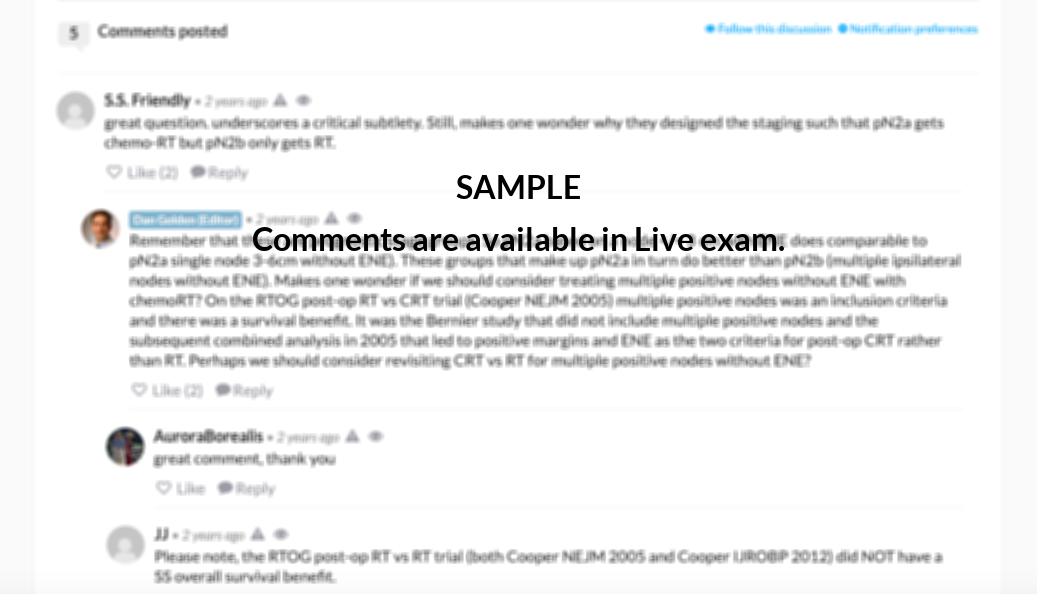Question 28 of 30
(demo test)
Product Demo for Clinical
-
For a 6 MV beam, ROF for field size 20x20 cm2 is 1.055 and ROF for field size 15x15 cm2 is 1.035. The equivalent square for your MU calculation is 18x18 cm2 . What is the ROF value you need?
Heads up! You can use keyboard for test navigation: press → for Next,
← for Previous, M for Mark/Unmark, P for Pause,
R for Review, A,B,C,... or 1,2,3,... to select answer.

